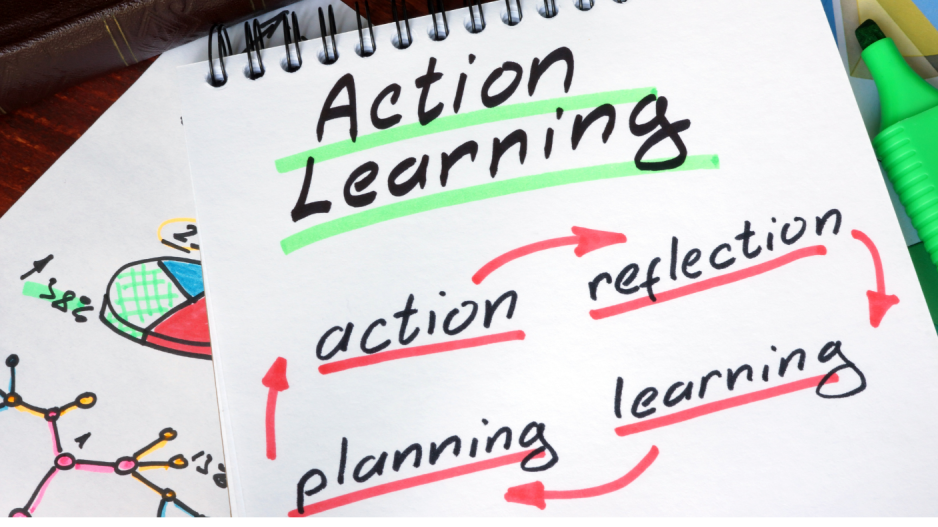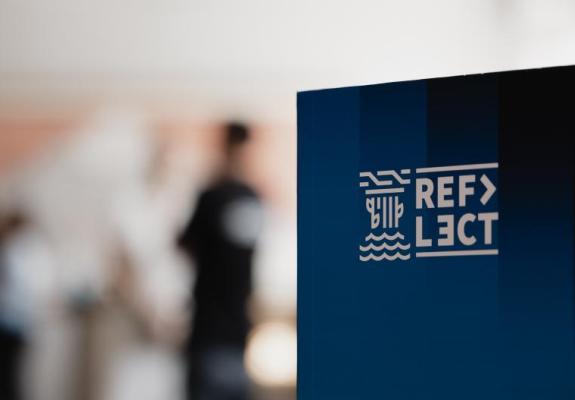Action Learning: Understanding and Applying It in the Workplace
Its Goal Is to Develop the Individual Skills of Each Team Member, Fostering Their Active Involvement and Enhancing Their Insight Into Decision-Making Processes
Action Learning is a process that involves working on real problems in a way that allows employees to take action while simultaneously processing the outcomes. This method is often used to tackle difficult issues within a team setting. An action learning coach can facilitate this learning process, encouraging reflection at each step. The goal of action learning is to develop the individual skills of each team member, fostering their active involvement and enhancing their insight into decision-making processes.
This approach is commonly employed in large corporations or organizations as a means to promote teamwork. It typically involves the following steps:
-
Identifying a problem in the workplace.
-
Defining an action to solve the problem.
-
Establishing a team of collaborators to address the problem.
-
Continuously processing and reflecting throughout each step until an appropriate solution is found.
Action Learning encourages teamwork, critical thinking, leadership, and problem-solving. It leverages the skills and creativity of each team member to achieve a goal. By reflecting on each process, team members can determine what works and what doesn't. Action Learning fosters the growth of not only the team but also each individual within it. As this process exposes team members to others with specific skills and values, it also enables the development of new skills in the individual team members.
Action learning may initially require some practice as you get into the habit of processing the problem throughout the procedure. You can employ action learning by following these steps:
-
Identify the Problem: The first step in action learning is to pinpoint the problem. This might involve asking additional questions to fully understand the existing problem. This could be an ongoing issue or a hypothetical one created for learning purposes. Use case studies, relevant simulations, previous workplace problems, or even a current issue faced by your organization to understand it better.
-
Create the Team: Action learning teams typically consist of four to eight people. Team members might come from various departments and have different levels of experience. Assign an action learning facilitator during this period. If possible, keep the team size small to ensure each member has a chance to reflect on their own suggestions and process ideas from other team members.
-
Ask Questions and Identify Solutions: Every team member should have the opportunity to ask questions and suggest potential solutions. Critically thinking about each proposed solution is essential. The action learning facilitator will play a crucial role in this process, fostering communication and reflection.
-
Take Action: Taking action is a vital part of the action learning process. This step might involve the team revisiting the learning actions after everyone has had the chance to apply the proposed solutions.
-
Reflect: Reflection should occur at each stage of the action learning process. Use this time to ask questions, identify strengths and weaknesses, and discuss outcomes.
-
Repeat Until a Solution Is Found: Even with action learning, a solution may not be found on the first attempt. The team should continue meeting until a satisfactory solution to the problem is discovered.

Given that each element is crucial for the learning process through action, it can be beneficial to have an action leader in place. This individual aids in boosting the team's productivity. Below are some essential duties of the action leader:
-
Encouraging Reflection: Reflection is a necessary part of learning through action. The action learning coach should motivate team members to think critically about every solution.
-
Asking Questions: The coach might need to pose questions to further stimulate reflection. These should be open-ended questions that prompt team members to analyze their strengths and weaknesses.
-
Maintaining Focus: The action leader might need to refocus the team if they lose track of their goals. This could involve paying attention to challenging tasks, identifying communication barriers, and finding ways to improve the process.
-
Assigning Teams: The action learning coach may be responsible for allocating teams within the group.
-
Providing Structure: Depending on the size and purpose of the team, the action learning coach may need to provide a structured approach to the process. This includes maintaining deadlines and ensuring that team members have opportunities to question and learn from each other.
-
Prioritizing Learning: The coach can further aid the process by emphasizing the importance of learning, ensuring that it remains a primary focus throughout the team's activities.






